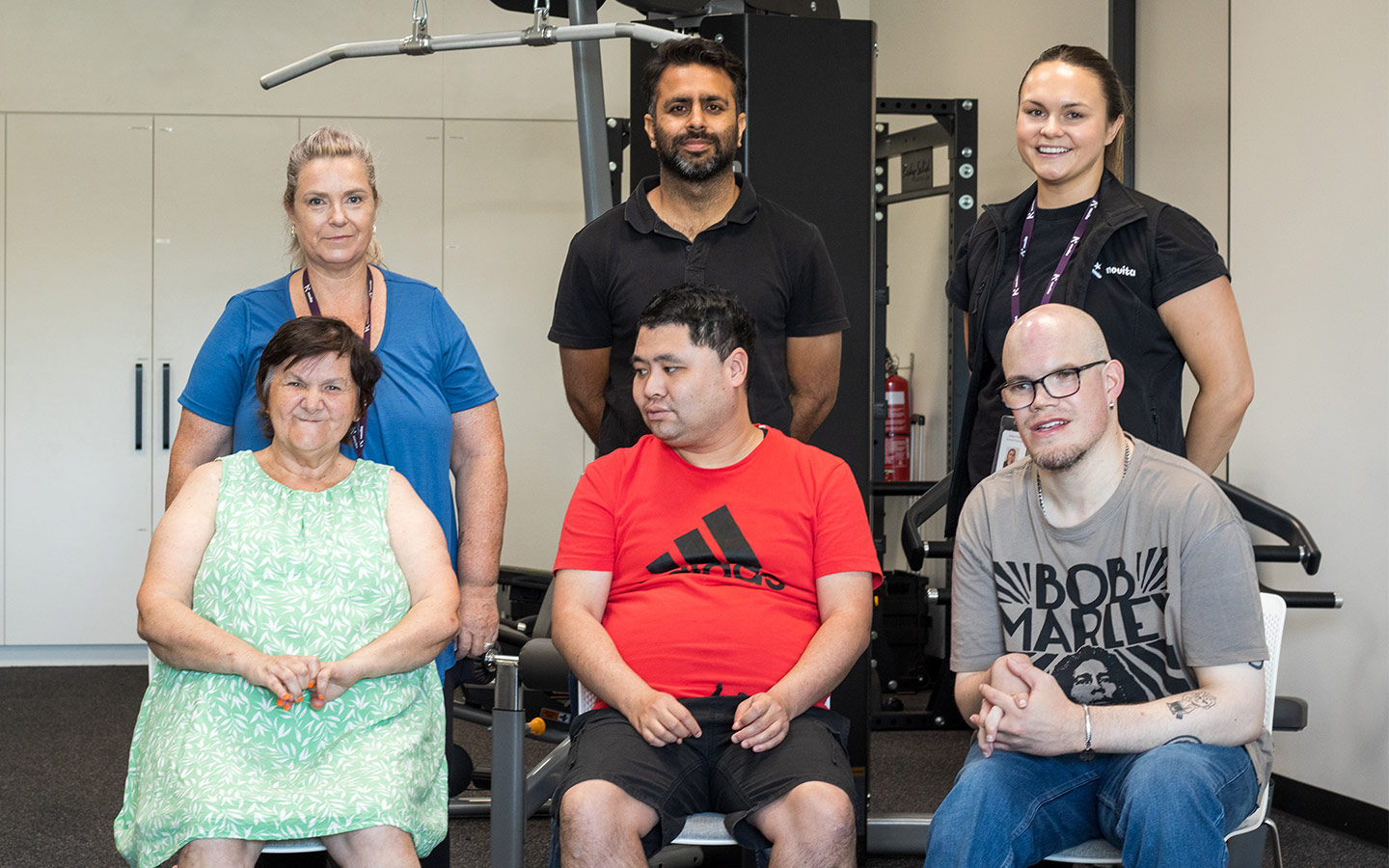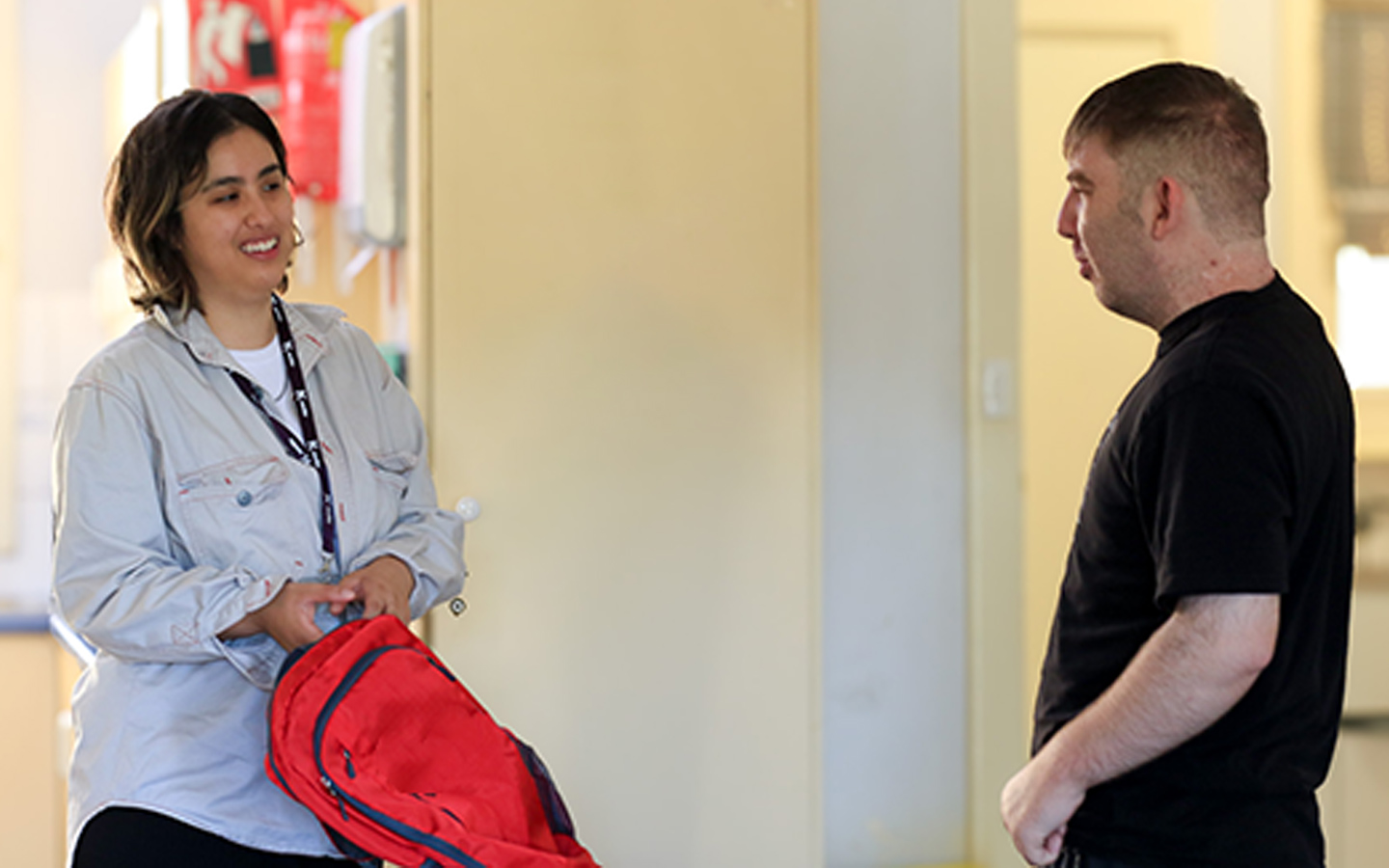Helpful Information
The federal election – everything you need to know about before casting your vote
access_time30min read
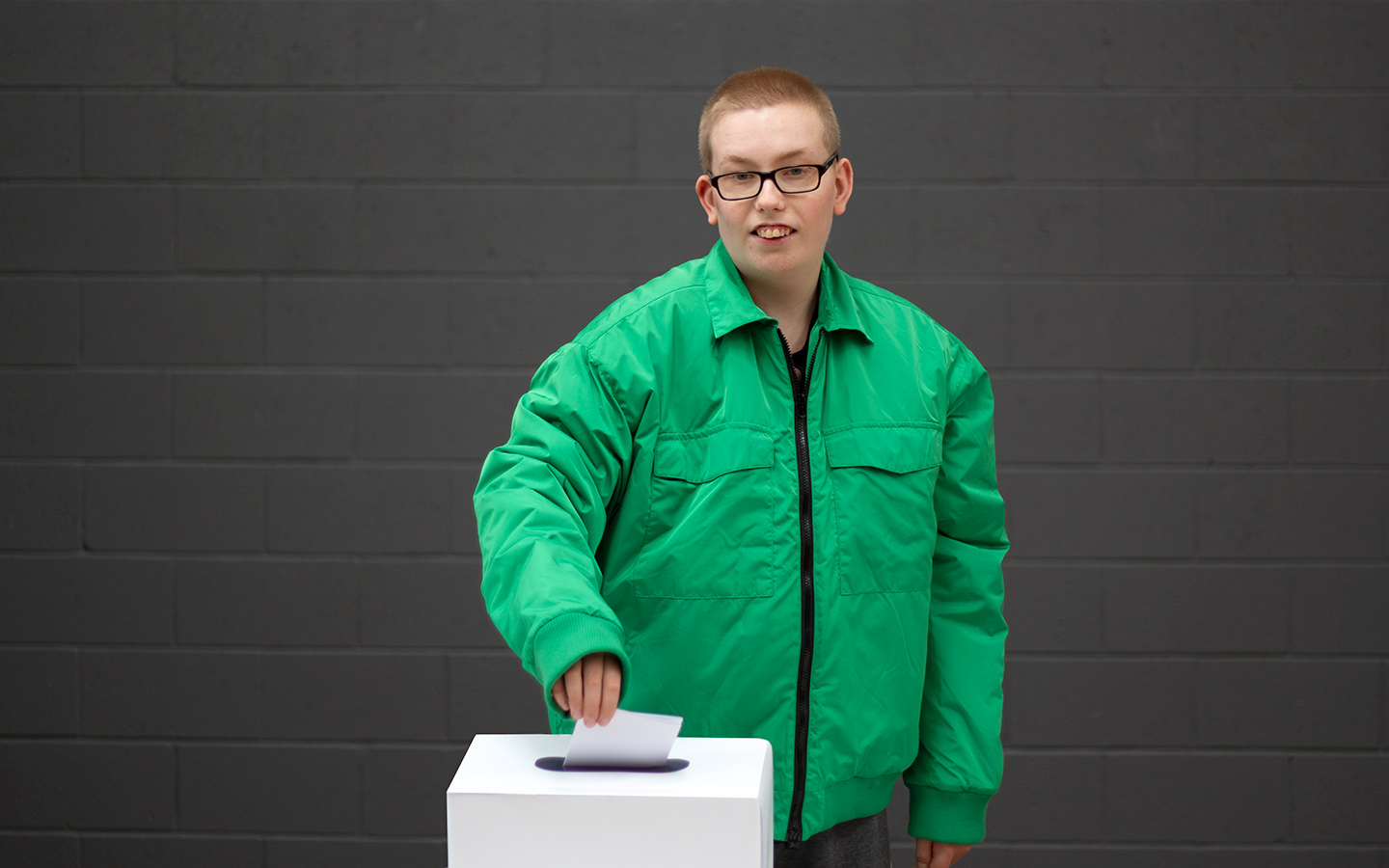
All people 18 and over are required to vote in this year’s upcoming federal election. This article lists everything you need to know about voting, accessibility options and your rights and responsibilities.
The federal election has been called for Saturday 3 May across Australia. On this day, or before, all Australian citizens 18 and over must cast their vote. For people with disability, voting in an election is sometimes an overwhelming experience. From accessibility, to understanding ballot papers, election time might bring feelings of anxiety and confusion.
Our team regularly with works with adults and older people to understand their obligations and responsibilities when it comes to the election. As we would share in these sessions, this article highlights important things you need to know about the federal election, including your responsibilities, enrolling, how to vote, where to vote and options when voting.
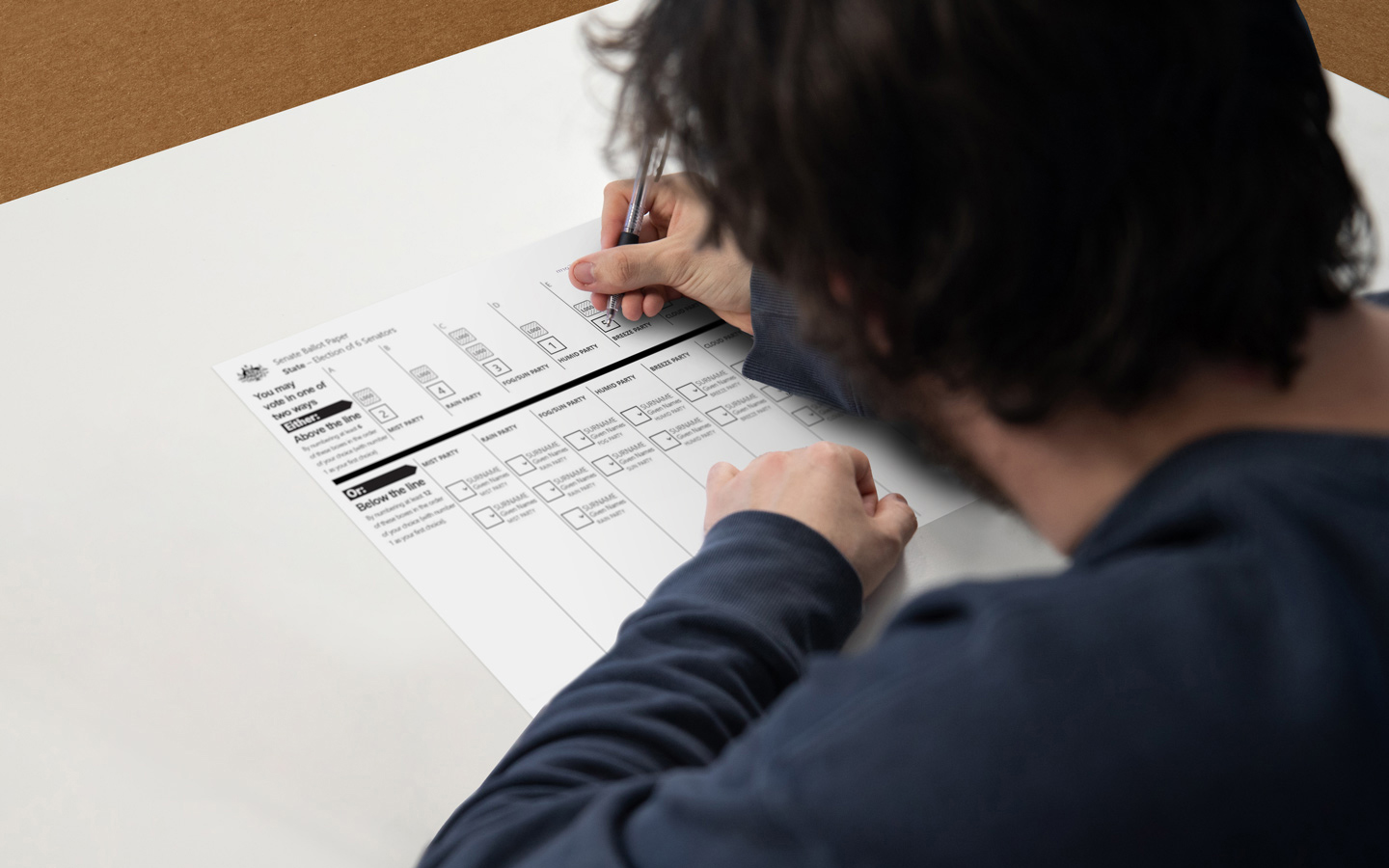
But before we start, here is some key information about the federal election
- The federal election will offer all Australians a chance to contribute to important issues, including the cost of living, housing affordability, healthcare (including, disability), climate policy, education and more,
- the upcoming election will determine the 48th Parliament of Australia, with all 150 seats in the House of Representatives and 40 of the 76 Senate seats up for contest,
- enrolling and voting in federal elections is compulsory for all Australian citizens over the age of 18+,
- to vote, you must enroll with the Australian Election Commission (AEC),
- voters cast their ballots in person or by mail before the election,
- and people vote using two ballot papers: a small green one for the House of Representatives and a large white one for the Senate:
- House of representatives: where you choose someone to speak for your local area (for example, you live in Hindmash and choose a representative to represent your suburb)
- Senate: the Senate is where you choose people to make sure every state and territory has a fair say in making the rules (the Senate checks new laws to make sure they are fair for everyone before they become official rules)
Why the federal election is important for people with disability
There are currently 5.5 million people living with disability in Australia and approximately 706,000 NDIS participants. Voting in the federal election will ensure people with disability have a say and impact on the issues that currently affect them and the people around them (i.e., friends, support workers, organisations and healthcare services). By casting a vote in this election, you will have a choice in how you want to live your life, as well as what happens within your community.
Voting in the federal election can support people to feel more:
- independent,
- active and engaged with your community,
- informed about issues that directly affect you,
- and responsible.
Preparing to vote
Understanding your choices
Remember who you vote for is your choice. It is important that you do some research to understand which candidates and parties represent your views and beliefs. These could be on issues including:
- healthcare,
- disability services and support in Australia,
- education,
- lifestyle,
- housing,
- animal rights,
- and arts and culture.
The AEC recommends that people with disability, with support of a family member or trusted person (if required), consider the where and when of the information they are reading. This means thinking about:
- where the information came from. Is it from a trustworthy media outlet or an official social media account?
- when it was published. outdated information that is no longer accurate can be shared to make it appear like new information
If you are unsure about a piece of information or news article, you should always check to see if it is trustworthy. You can do this by doing some research online or asking the people around you. If you still feel unsure after doing more research, you can always try to find another article that is similar to the one you’ve found and cross check them.
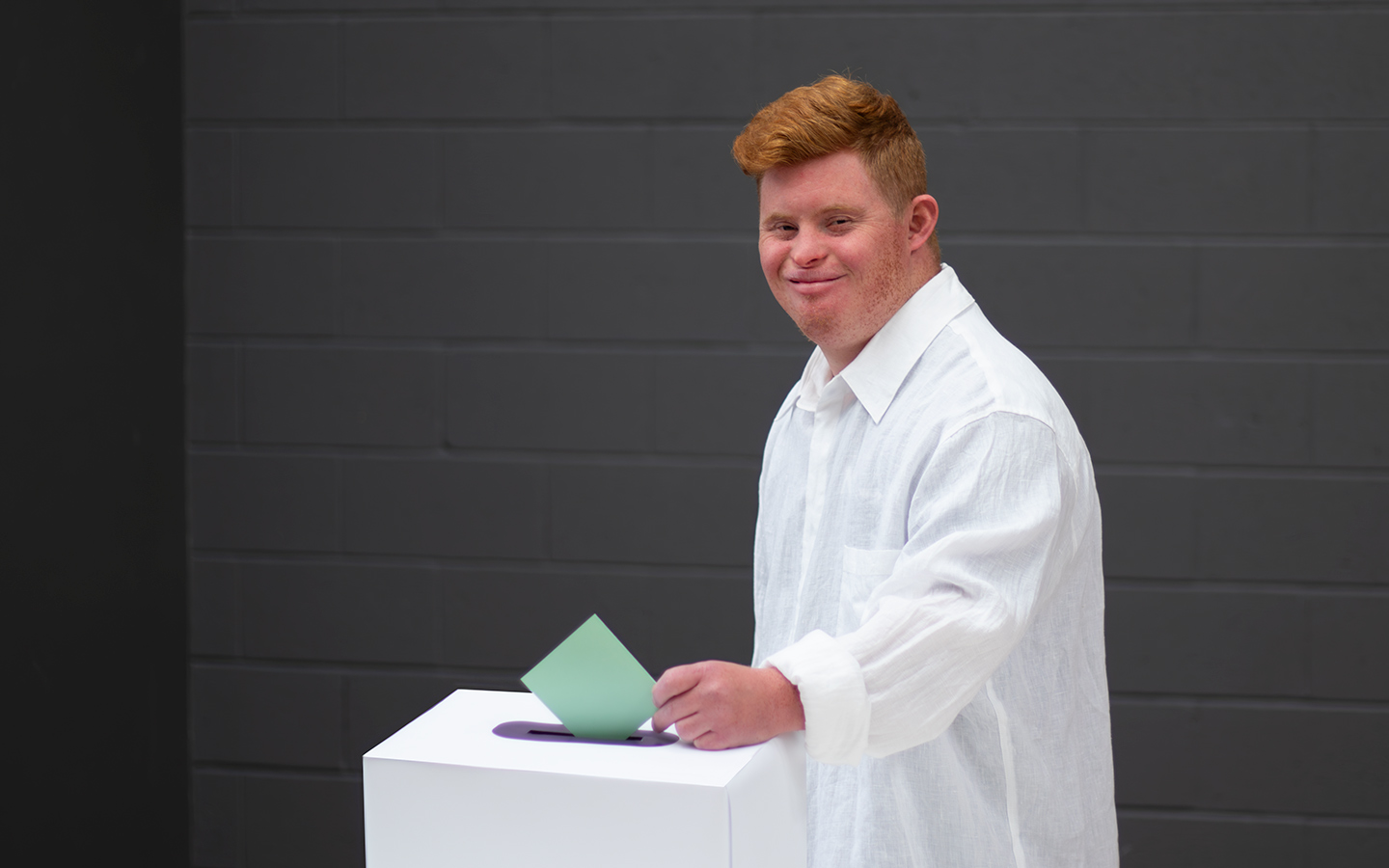
Understanding how to vote
There are two pieces of paper you will need to complete on election day. Here are some useful steps to remember how these work and what you will need to complete:
Step one:
You will be given two pieces of paper – a small green one for the House of Representatives, and a large white one for the Senate – both of these must be completed for your vote to be valid.
Step two:
On the green ballot paper, you are voting for a representative of your local area or electorate in the House of Representatives. On the white ballot paper, you are voting for representatives of your state or territory in the Senate.
Step three:
For the House of Representatives (green paper), you need to number every box in the order of your choice. This means putting a number 1 for your first choice, a 2 for your second choice until you get to the end.
Step four:
For the Senate (white paper), you can either vote above or below the line. If you choose to vote above the line, you will need to select at least six boxes in order of your preference.
If you choose to vote below the line, you can select as many boxes as possible for individual candidates.
Either option isn’t right or wrong – it is simply your choice.
Step five:
After selecting your votes on both pieces of paper, you will drop them in a ballot box.
Planning your day
It may also be helpful, if you need this type of support, to create a social story for voting during election day. A ‘social story’ is a step-by-step guide using images and simple language which visualises what to expect at a certain event or occasion. They can make people feel less anxious and clearly understand what they need to do and when.
Here is one you could use for election day:
- I will arrive at the polling place to cast my vote
- I will tell a person working at the polling place my full name and address
- They will mark my name off the list
- I will be given two pieces of paper – one green and one white to use while voting
- The green paper is for the House of Representatives (people who will speak for my local area)
- The white paper is for the Senate (people who will speak for my State (SA))
- I will follow the instructions on both pieces of paper and make sure they are both filled out
- If I make a mistake, I can ask for new pieces of paper
- If I need help, I can ask my support person what I need to do (but not which candidate or party I need to vote for)
- I will place them in a ballot box once I have completed them
- After this, I will go home
What you need to do on voting day
You must go to a polling place to cast your official vote for the federal election. Polling places are set up around Australia. To find one closest to you, click here.
Polling places can be in:
- schools,
- churches,
- community centres,
- RSLs,
- and sporting clubs.
If you require support to vote at a polling place, we recommend going with a family member or support worker. Polling place staff are also trained to assist people with disability with any accessibility issues or general questions. For example, if you are unable to exit your car, or would like to stay inside, ballot papers can you brought to you to complete.
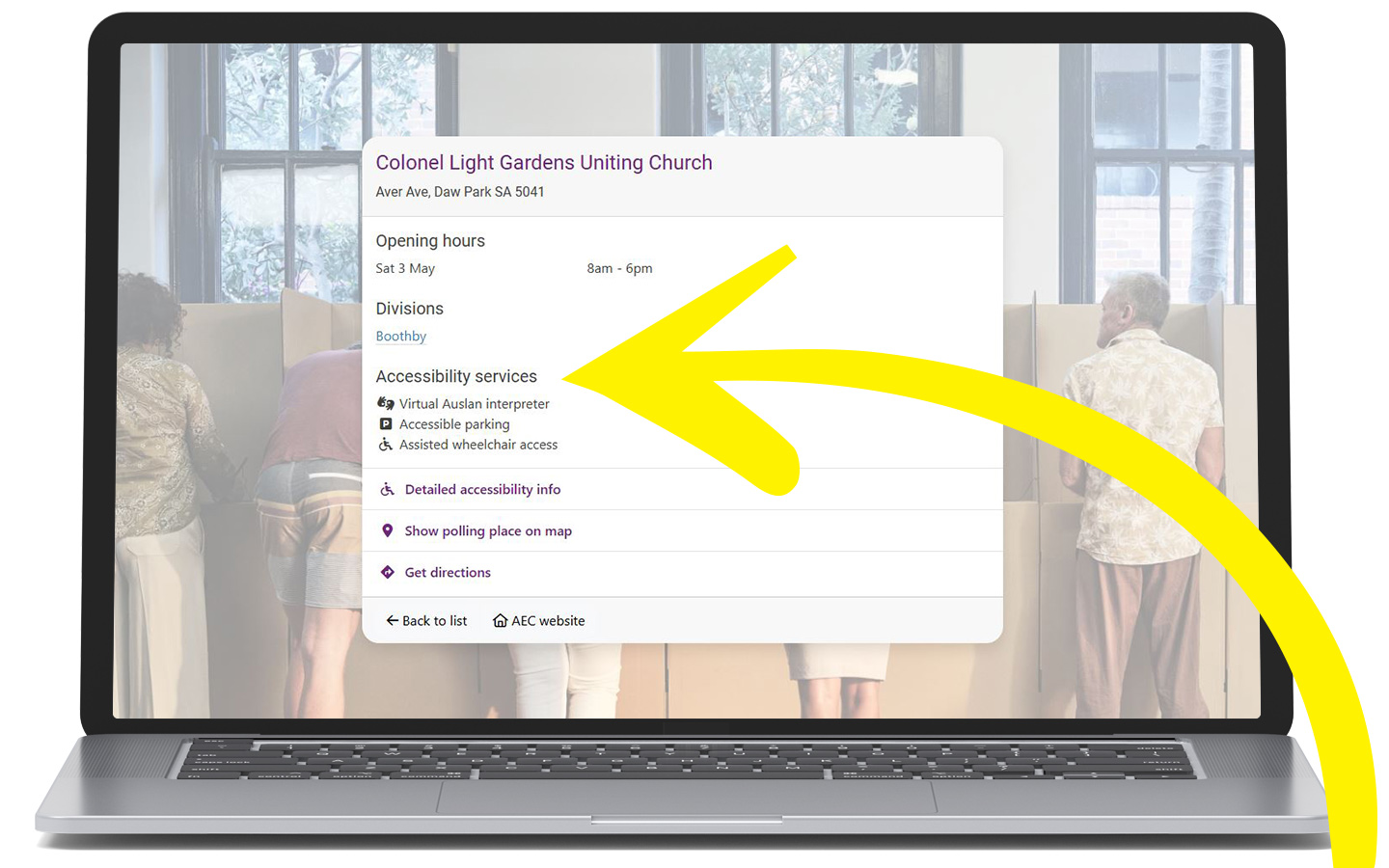
Accessibility at polling places
Each polling place is given an accessibility rating to support people with disability or mobility restrictions. These ratings include:
- whether they are wheelchair accessible,
- whether they have assisted wheelchair access,
- or if they are not wheelchair accessible.
Some polling places will include accessibility and sensory features including:
- Virtual Auslan interpreters – this service is available throughout the voting period at every early voting centre and polling place. Voters can access this service via the Convo Australia app, and by scanning the QR code on the poster in the polling place
- Hearing loops – Hearing loops are available in selected polling places – this should be shown in a location’s accessibility features
- Text to speech pens – Text to speech pens are available in selected polling places – this should be shown in a location’s accessibility features
To find out if a venue meets your support requirements, you can click on a location to learn more about its accessibility features. If you are unsure about a location’s accessibility features, we recommend that you, or your support worker or nominated support person, give them a call ahead of voting day.
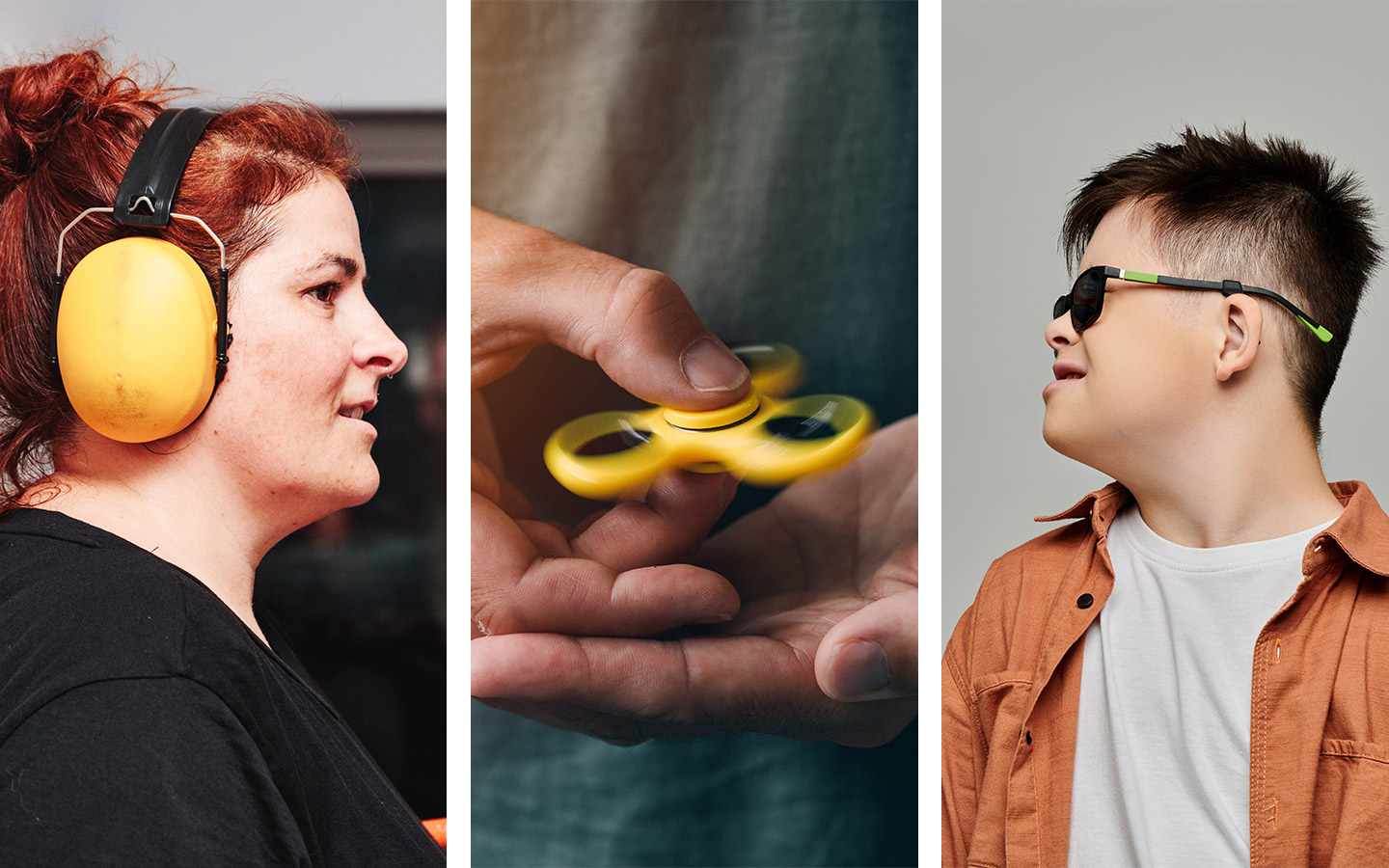
Preparing for any sensory differences on the day
Election day can bring a lot of challenges for people who experience sensory differences.
These include:
- lots of crowds of people coming in and out the venue,
- party canvassers (people who try to get you to vote for a certain candidate) who are handing out signs and wearing bright clothing,
- loud voices and music,
- queues of people who might be impatient and frustrated at waiting in line,
- lots of signage,
- and cars coming in and out.
While some polling places do have sensory rooms and separate screens for people with disability, it’s not guaranteed that all will offer the same support. In that case, if you choose to vote in person, it’s important that you understand your sensory requirements and talk with your support person about preparing these ahead of time.
If you are sensitive to loud noises and bright colours, you could:
- bring noise cancelling headphones,
- play calming and familiar music through your headphones,
- play a calming and familiar television show through your headphones,
- bring dark sunglasses,
- go to the polling places at an off-peak time – this could be quite early in the morning or late in the afternoon after everyone has finished their voting,
- bring a sensory toy or object you can use when you are feeling overwhelmed,
- and ask if the venue has a quiet place where you can vote.
If you find being around lots of people overwhelming, you could:
- vote during off-peak hours,
- take the option to vote from your car (if available at your polling place),
- bring a sensory toy or object you can use when you are feeling overwhelmed,
- ask, or get your support person to inform the polling place staff if you can stand away from the line,
- and ask, or get your support person to inform the polling place staff to ensure that canvassers don’t chat with you.
Although elections can be stressful, voting is part of your responsibility as a member of society. If you have any questions or concerns about voting in this upcoming election, and future elections, we suggest getting in touch with your therapy team or contacting us at our website, directly on 1300 668 482 or email [email protected] to find out more about your rights and responsibilities once you turn 18. You should also visit the Australian Electoral Commision (AEC) website for any frequently asked questions or support around voting, accessibility and what to expect on the day.

